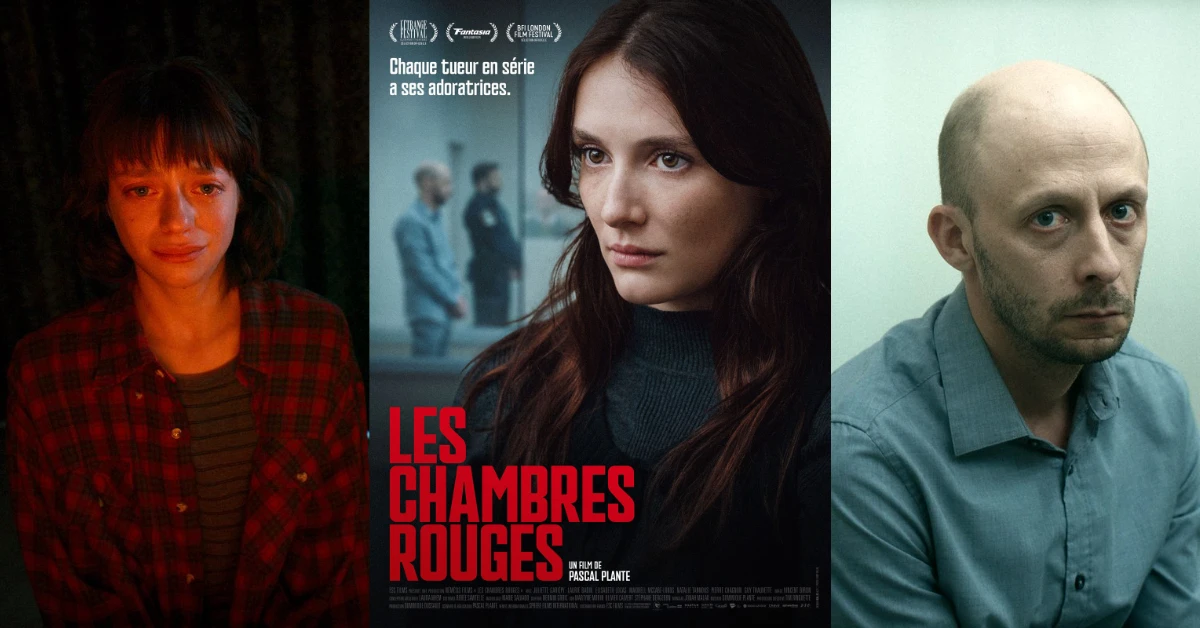
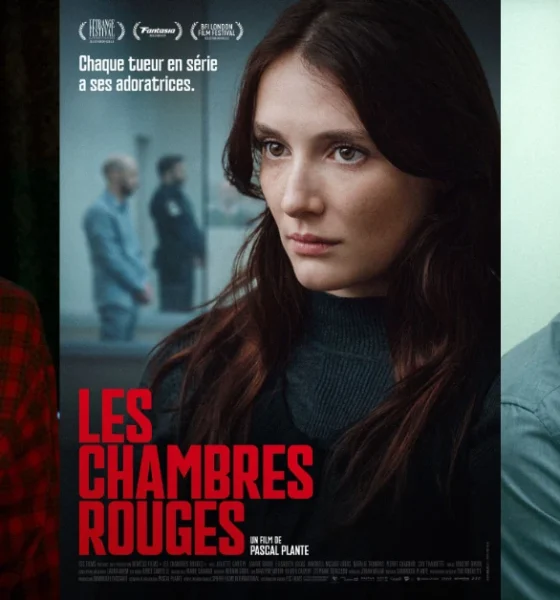
review
Les Chambres Rouges (Red Rooms)
Film Review: Les Chambres Rouges (Red Rooms) (2023) Directed by Pascal Plante | Starring Juliette Gariépy, Laurie Babin
Pascal Plante’s Les Chambres Rouges (Red Rooms)
is a haunting psychological thriller that delivers a deeply unsettling exploration of human obsession and morality, wrapped in impeccable craftsmanship. Anchored by a mesmerizing performance from Juliette Gariépy as Kelly-Anne, the film ventures into dark thematic territory, tackling the voyeuristic allure of internet snuff films. However, it does so with remarkable restraint, sidestepping gratuitous violence in favor of intense character-driven storytelling.

From the outset,
the film’s visual language is striking. The opening courtroom sequence is a masterclass in cinematography, with its deliberate framing and fluid camera movements immersing viewers in the tension of the trial. Plante’s direction is bolstered by exceptional sound design, which subtly amplifies the unease without resorting to overt shock tactics. The film’s atmosphere is thick with dread, yet it remains disturbingly quiet — a choice that proves far more chilling than any explicit gore could achieve.
Contrary to what its premise might suggest,
Les Chambres Rouges refuses to indulge in graphic displays of violence. While the subject matter revolves around the dark corners of the internet, the film keeps its horrors largely off-screen, focusing instead on the psychological ramifications of voyeurism and obsession. This artistic choice may leave gore enthusiasts unsatisfied, but it elevates the film beyond the trappings of “torture porn” and into more cerebral territory.
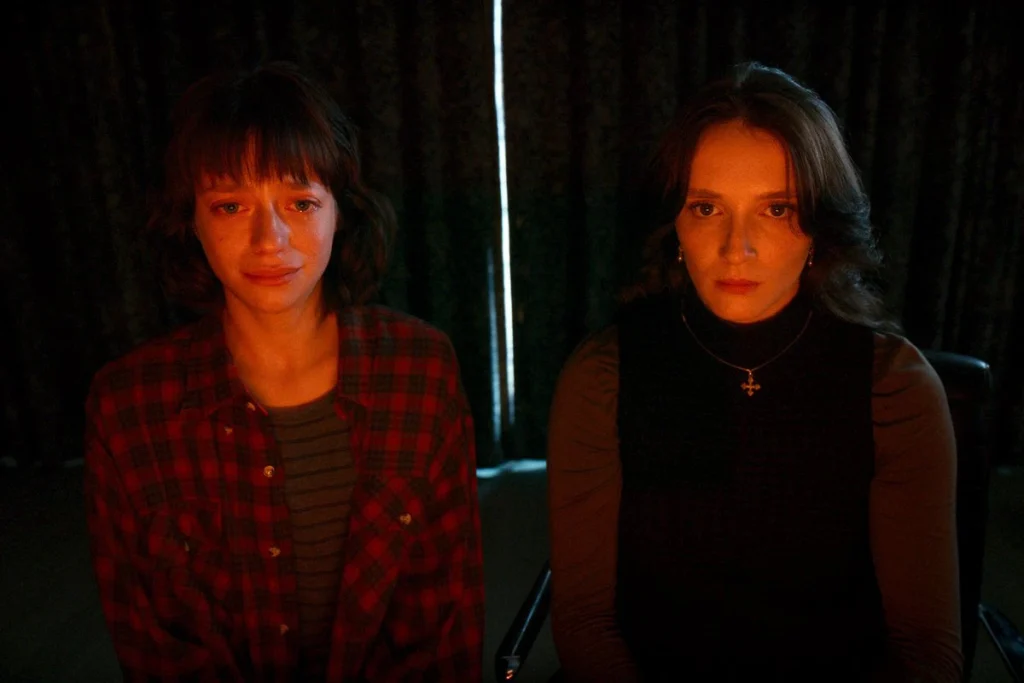
right: Juliette Gariépy (Kelly-Anne)
At its core,
the film is a character study — an unsettling dive into the psyche of Kelly-Anne, whose fixation on a notorious trial reveals more about her own fractured identity than the crimes being prosecuted. Laurie Babin’s portrayal of Clementine adds another layer of intrigue, creating a dynamic that feels both intimate and menacing.
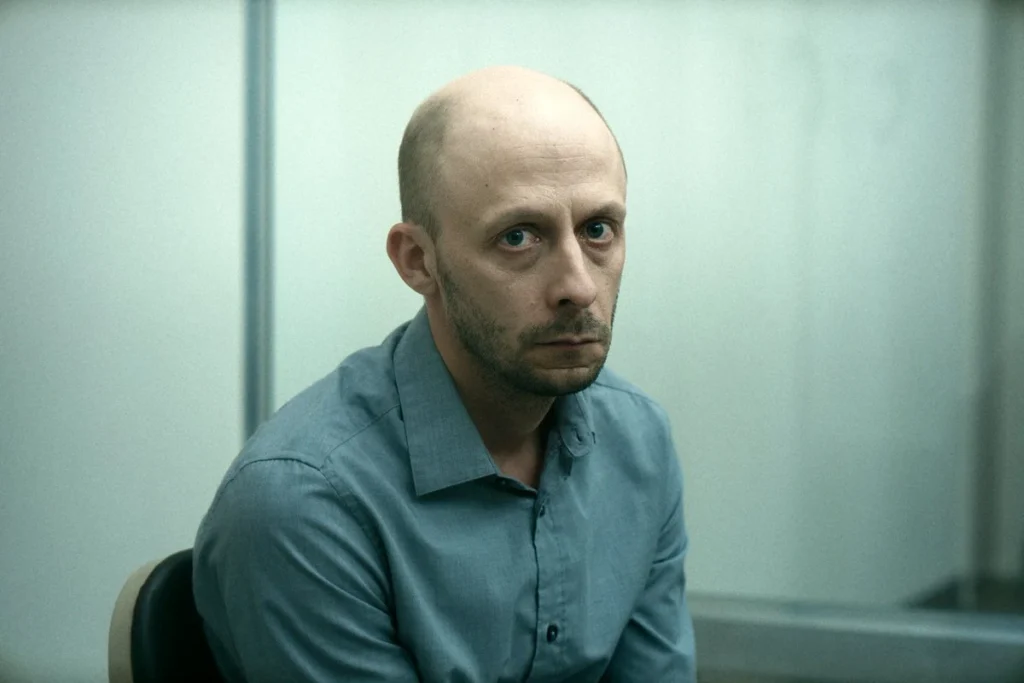
While
the film’s deliberate pacing and introspective narrative may alienate those seeking visceral thrills, Les Chambres Rouges rewards viewers who appreciate psychological depth and auteur-driven filmmaking. It’s a gem of contemporary Canadian cinema, offering a chilling reflection on the boundaries of morality, media consumption, and human curiosity.
For those willing to embrace its slow-burn intensity, Les Chambres Rouges is a thought-provoking triumph. But it’s not for everyone — and it’s all the better for it.
For more information see the IMDb entry for Les Chambers Rouges.

review
The Glass Dome
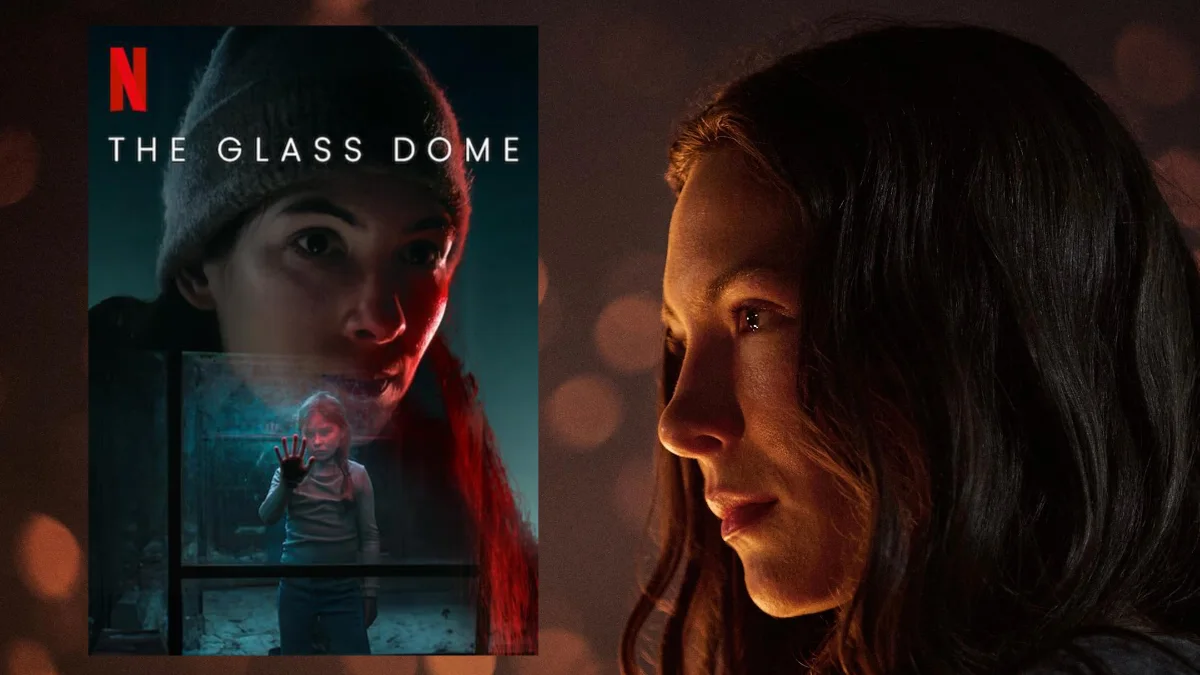
Summary
The Glass Dome is a Swedish mini-series centered on Lejla, a traumatized criminologist who returns to her hometown and becomes entangled in a chilling mystery involving a missing child and echoes of her own abduction. As the story unfolds, the psychological thriller intensifies with twists, strong performances, and haunting Scandinavian scenery. A gripping Nordic drama, it balances emotional depth with atmospheric suspense, making it a standout recommendation for horror and mystery fans
The Swedish mini-series The Glass Dome follows Lejla (Leonie Vincent), a criminologist who returns from the United States to her small hometown of Grånas, Sweden, for the funeral of her adoptive mother. Lejla’s past is marked by deep trauma—she was abducted as a child and held captive for nearly a year before managing to escape. During her disappearance, her biological mother died by suicide, overwhelmed by grief. Lejla was then adopted by Valter (Johan Hedenberg), the police investigator who handled her case, and his wife Anne-Marie.
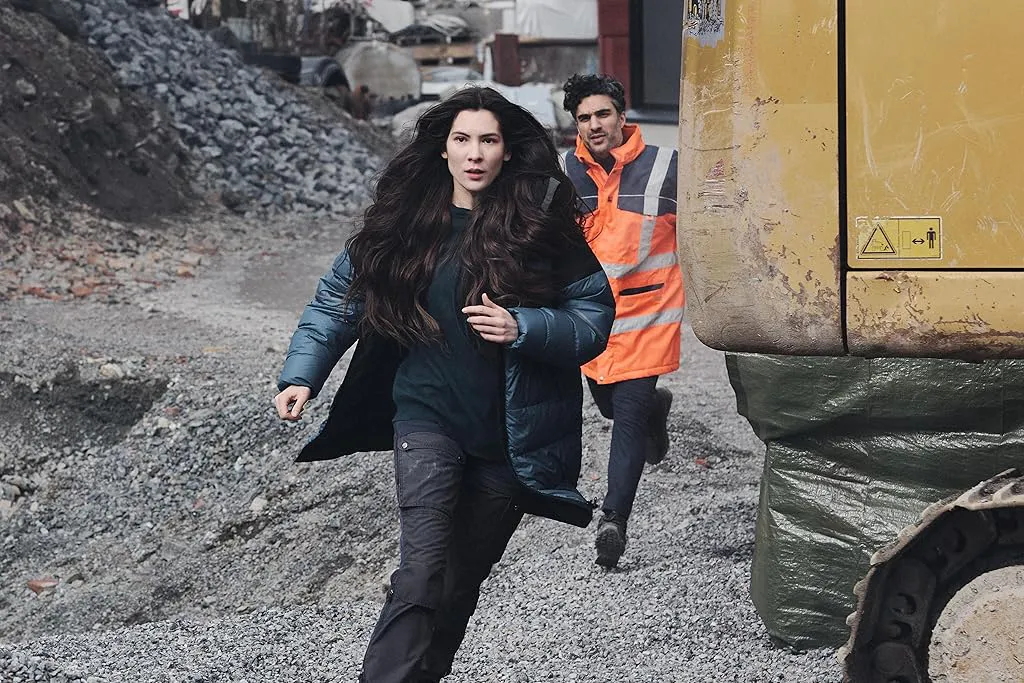
Upon returning home, Lejla finds the community in turmoil. The expansion of a local mine, managed by Said (Farzad Farzaneh), has sparked environmental and social unrest. Things take a darker turn when Said’s wife and Lejla’s childhood friend, Louise, is found dead—an apparent suicide. But their young daughter Alicia (Minoo Andacheh) has also gone missing and when her neatly folded clothes are discovered at the entrance to one of the mines, it becomes clear that she’s been abducted.
Initially, suspicions fall on upset locals seeking revenge for the mine’s environmental damage—especially when Louise’s death is ruled a staged suicide. But when another girl disappears, Lejla begins to fear that her own childhood captor may be at large once again. With the help of her adoptive father Valter and her enigmatic uncle Tomas (Johan Rheborg), Lejla races to uncover the truth before it’s too late.
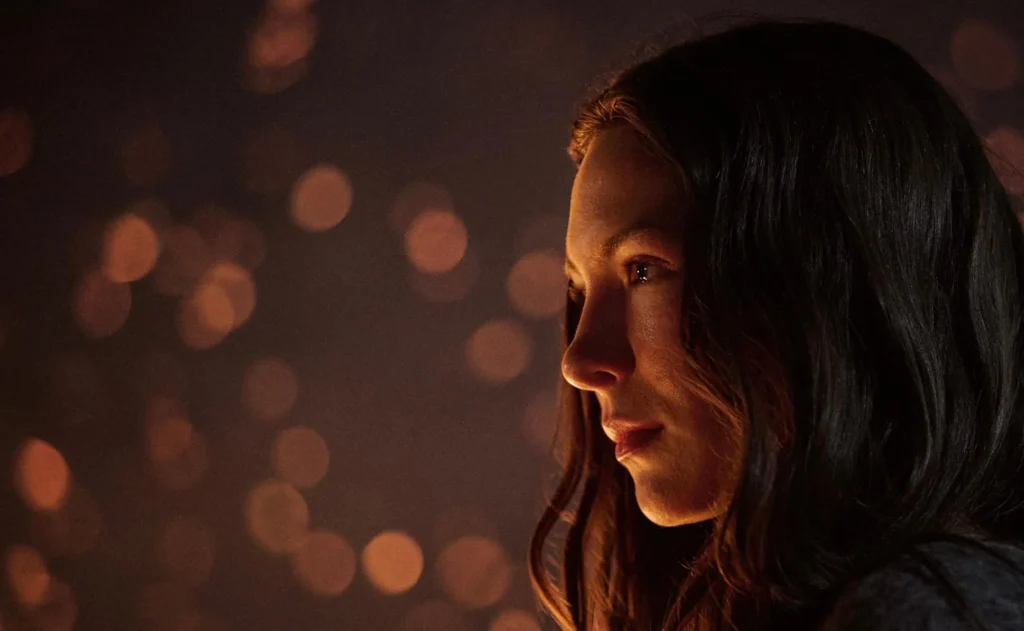
This Nordic thriller, with its eerie atmosphere and psychological horror elements, is absolutely riveting. The narrative is rich with twists and turns—just when you think you’ve figured it out, the story pivots in a new direction. But it never feels convoluted. Every piece fits together in a chilling but satisfying conclusion.
The acting is exceptional. Vincent delivers a compelling performance as Lejla, skilfully portraying a woman haunted by her past yet determined to save others from a similar fate and in conclusion resolve her own ghosts. Rheborg and Hedenberg are equally strong in their roles, grounding the series in emotional authenticity. The haunting tone, paired with bleak and beautiful Scandinavian landscapes, adds to the overall atmosphere of quiet dread.
Final Verdict
While The Glass Dome is not a traditional horror series, it’s a must-watch for horror lovers. Its psychological undertones, unsettling mystery, and suspenseful pacing slot it perfectly into the more subtle realms of the genre. Nordic thrillers rarely disappoint, and this one is no exception. Plus, for those who shy away from subtitles, it’s available dubbed in English on Netflix. Don’t miss it.
review
It Feeds
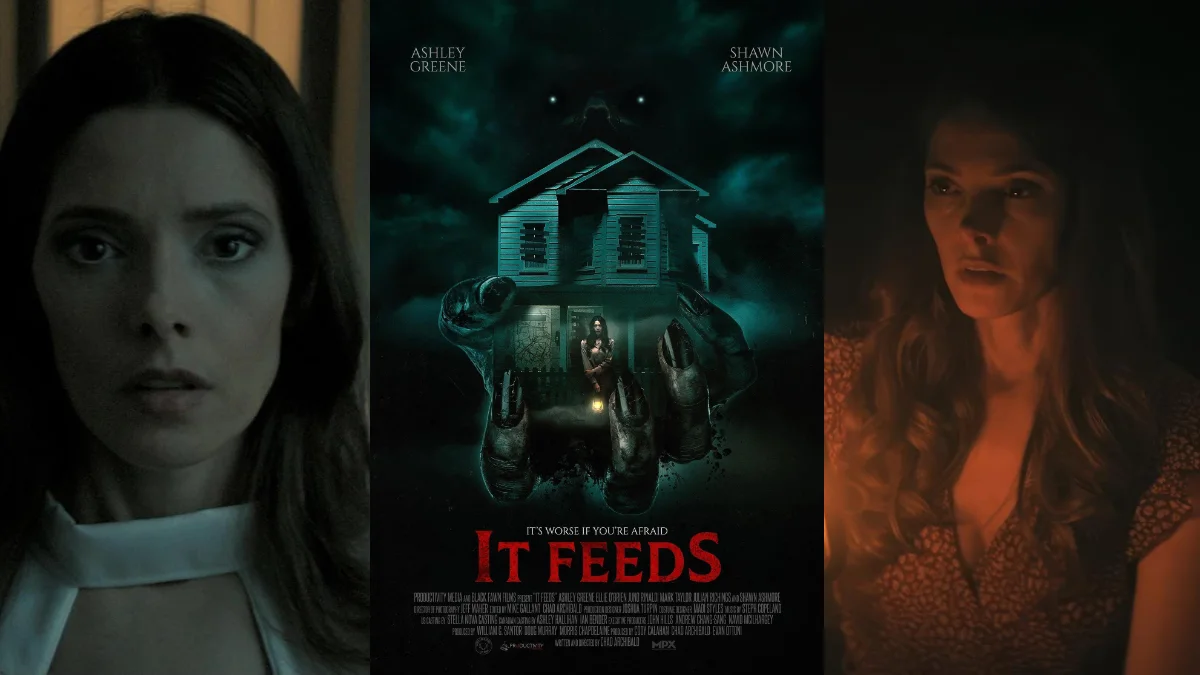
Summary
It Feeds follows therapist and psychic Cynthia Winstone as she encounters a malevolent entity attached to a new patient, Riley, sparking a terrifying series of events. While the film delivers striking visuals and a creepy creature design, its plot suffers from disorganization and mismatched stylistic choices. Despite its flaws, the film marks director Chad Archibald as a promising talent in horror.
Cynthia Winstone (Ashley Greene) is a therapist and psychic medium who helps her patients recover from past trauma. Her daughter, Jordan (Ellie O’Brien), works as her assistant, though she’s unsure if she’s inherited her mother’s abilities. Her father, also a medium, tragically died due to negative forces.
One afternoon, a distressed girl named Riley Harris (Shayelin Martin) arrives at their home, desperate for help. Her father, Randall (Shawn Ashmore), was referred to Cynthia by a former patient, Agatha (Juno Rinaldi). While Jordan begins taking Riley’s case history, Cynthia enters the room and is immediately horrified by the entity feeding off Riley. Refusing to treat her, Cynthia is visibly shaken—relieved when Randall suddenly arrives to take his daughter away. But Jordan can’t shake the encounter, and what follows is a dark and dangerous confrontation with both supernatural and human threats.
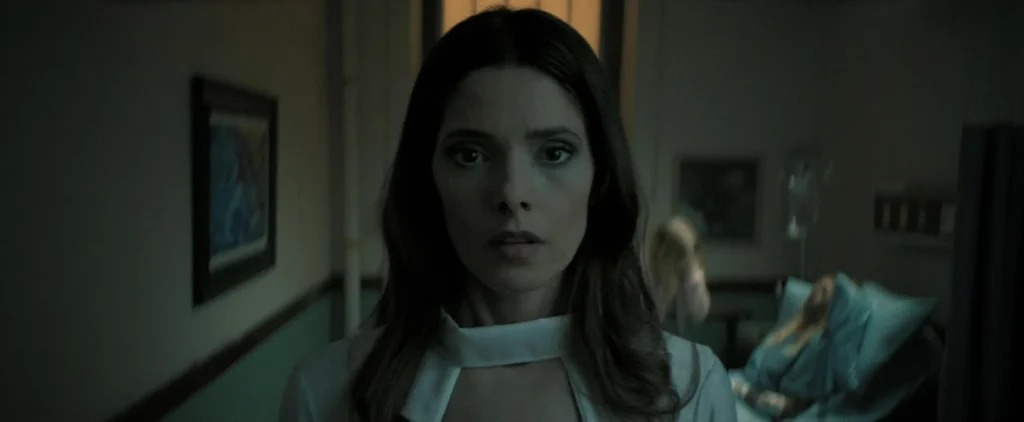
Writer and director Chad Archibald shows promise in the horror space with It Feeds. While the film has moments of tension and visually striking effects—particularly the demonic entity, which is genuinely unnerving for horror newcomers—the narrative often feels cluttered and chaotic. It tries to juggle too many elements, losing focus in the process.
One major distraction is the baffling costuming. In pivotal scenes—especially during confrontations with the entity—the Gothic wardrobe choices for Cynthia and even Riley feel out of place and unintentionally comical. These costume choices don’t serve the story and feel like a misplaced attempt at visual flair that ultimately detracts from the atmosphere.
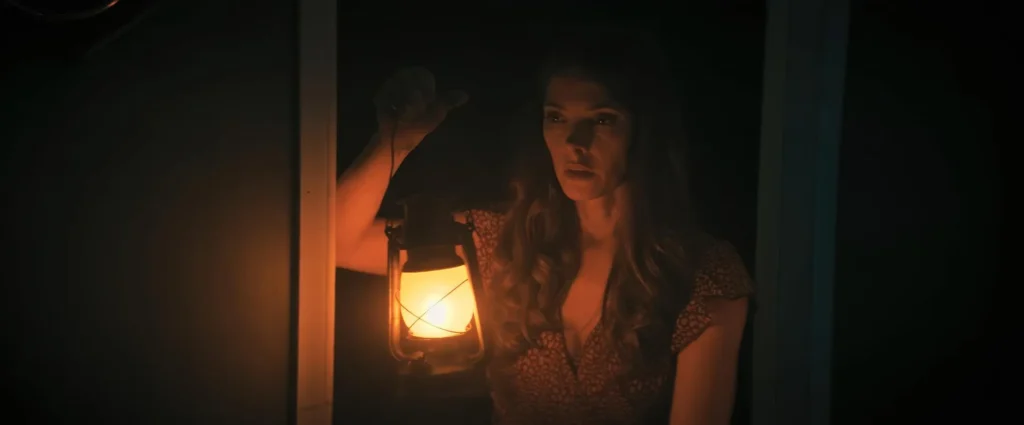
It Feeds comes across like a mix of Insidious, It Follows, and The Conjuring, tossed together in hopes of capturing that familiar formula. With a more streamlined plot and clearer direction, it could have been much more effective. The acting is decent but doesn’t particularly stand out, though the creature design is a clear highlight and arguably the strongest part of the film.
Final Verdict
While It Feeds may satisfy those new to horror, it doesn’t bring much innovation for seasoned fans of the genre. That said, Chad Archibald’s potential is clear. With a tighter script and more focused vision, his future projects could be well worth watching. I’ll definitely be keeping an eye out for what he does next.
review
Dead Mail

Summary
Dead Mail is a noir-inspired indie horror film set in the 1980s, following a kidnapped man whose plea for help reaches a postal investigator. While the film successfully captures the visual style of the era, it lacks originality and emotional engagement. Despite strong poster art and a creepy performance by John Fleck, the reviewer ultimately found the film disappointing.
Dead Mail follows Josh (Sterling Macer Jr.), a kidnapped keyboard technician who manages to slip a desperate note for help into a mailbox just before being knocked unconscious by his captor, Trent (John Fleck). That note ends up in the hands of a dead letter investigator at the post office, setting the story in motion. The film, set in the 1980s, embraces the era with a visual style that mimics the grainy texture of movies from that time.
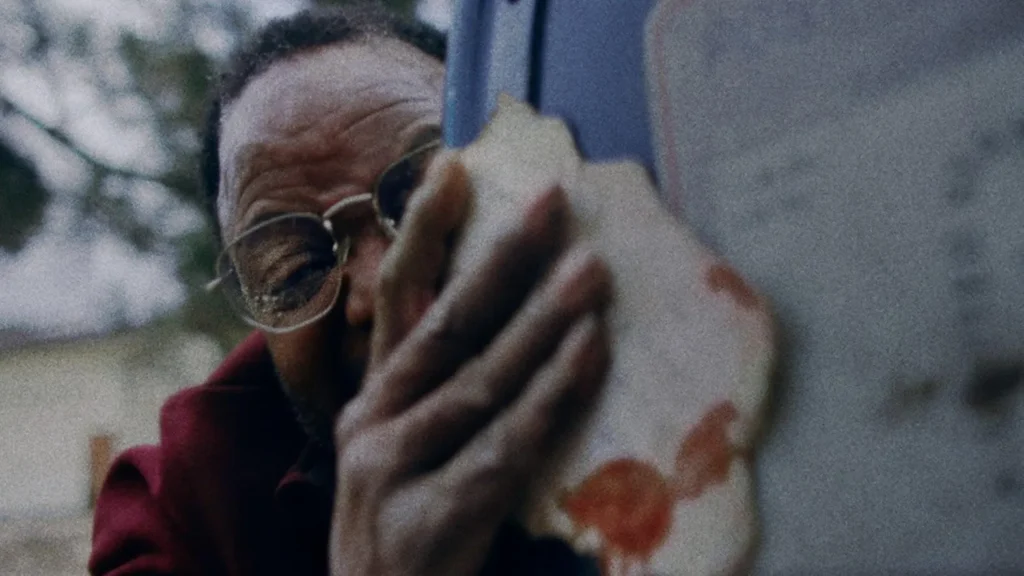
Now, don’t get me wrong—I love the ’80s. That was my time. And the decade gave us a treasure trove of horror films that still hold up today. But if I want to watch an ‘80s horror movie, I’ll revisit the classics. I don’t need a modern imitation that doesn’t offer anything new.
Written and directed by Joe DeBoer and Kyle McConaghy, Dead Mail unfortunately brings little innovation to the horror genre. It’s an indie film that, for me, fell flat. I genuinely tried to find something redeeming about it, but it just didn’t land. The acting was average, the storyline lacked intrigue, and I never felt truly invested in what was unfolding on screen.
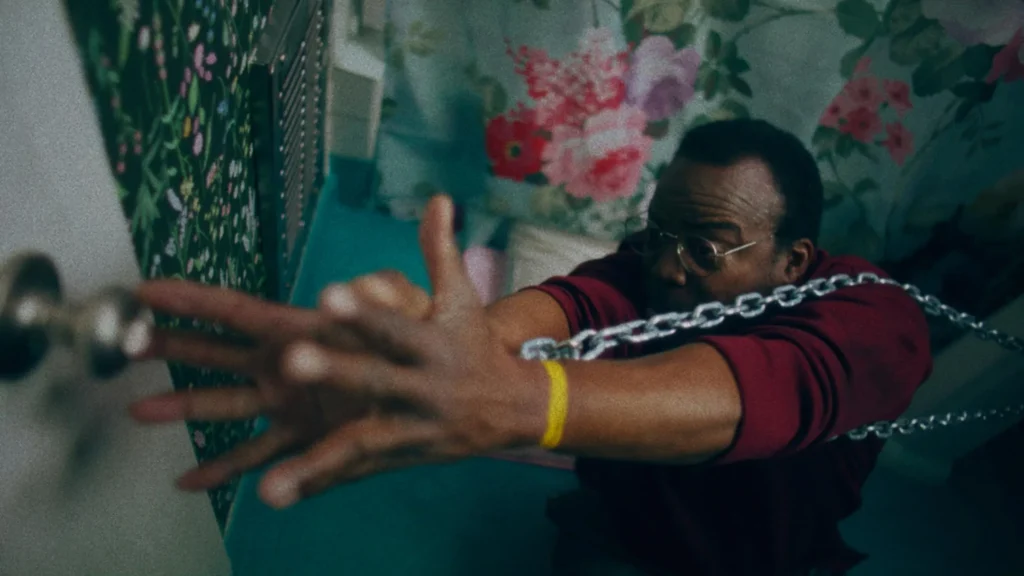
That said, the poster art was fantastic—it did its job in grabbing attention and creating initial curiosity. And to be fair, getting a film made is no small feat. I’m not denying that DeBoer and McConaghy have talent, and with a stronger, more developed story, I believe they could deliver something much more impactful. I would still give another one of their films a chance in the future.
For some viewers, the noir-horror hybrid approach may appeal. The effort to recreate the feeling of an old film was well executed, and John Fleck certainly brings a creepy energy to the screen. But for me, it wasn’t enough to elevate the film into something memorable.
Final Verdict
I wouldn’t waste my time. While I fully support indie film making and often find hidden gems in the genre, Dead Mail just isn’t one of them. I walked away disappointed.

 review11 months ago
review11 months agoSalem’s Lot (2024): a Review

 on disc11 months ago
on disc11 months agoSecond Sight’s 4K Release of The Hitcher

 news10 months ago
news10 months agoWitchboard Remake Terrifies Audiences

 review11 months ago
review11 months agoIncantation 2022 Horror Movie on Netflix

 on disc11 months ago
on disc11 months agoVillage of the Damned 4K: A Chilling Classic Reborn

 review11 months ago
review11 months agoA Mind-Bending Masterpiece of Stop-Motion Nightmare

 review11 months ago
review11 months agoSAW X (2023) – A Worthy Sequel That Revitalizes the Franchise

 review10 months ago
review10 months agoNetflix’s Zodiac Killer Series: Anticipation Builds for True Crime Thriller





























